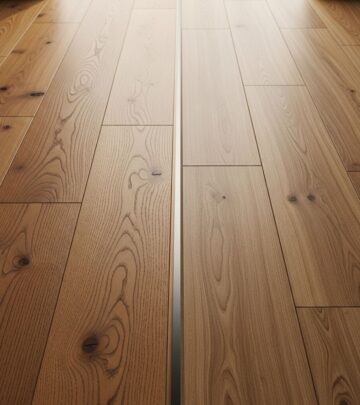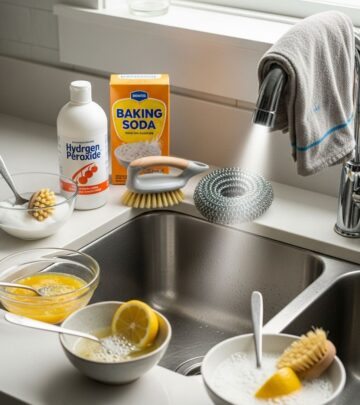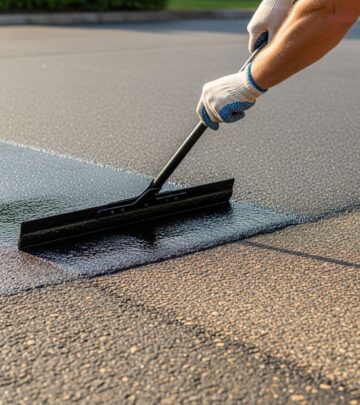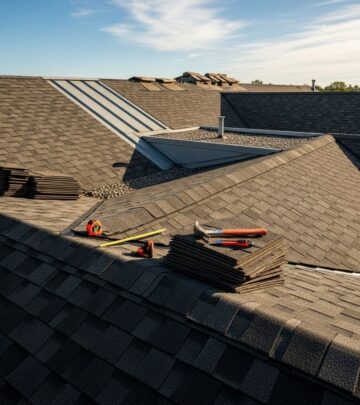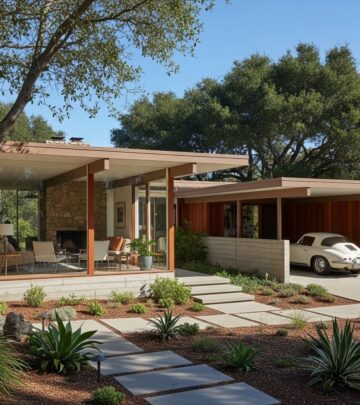Paint Kitchen Cabinets: 25 Inspiring Ideas For Every Style
Transform your kitchen with creative painted cabinet ideas—color, finish, and style inspiration for every home.
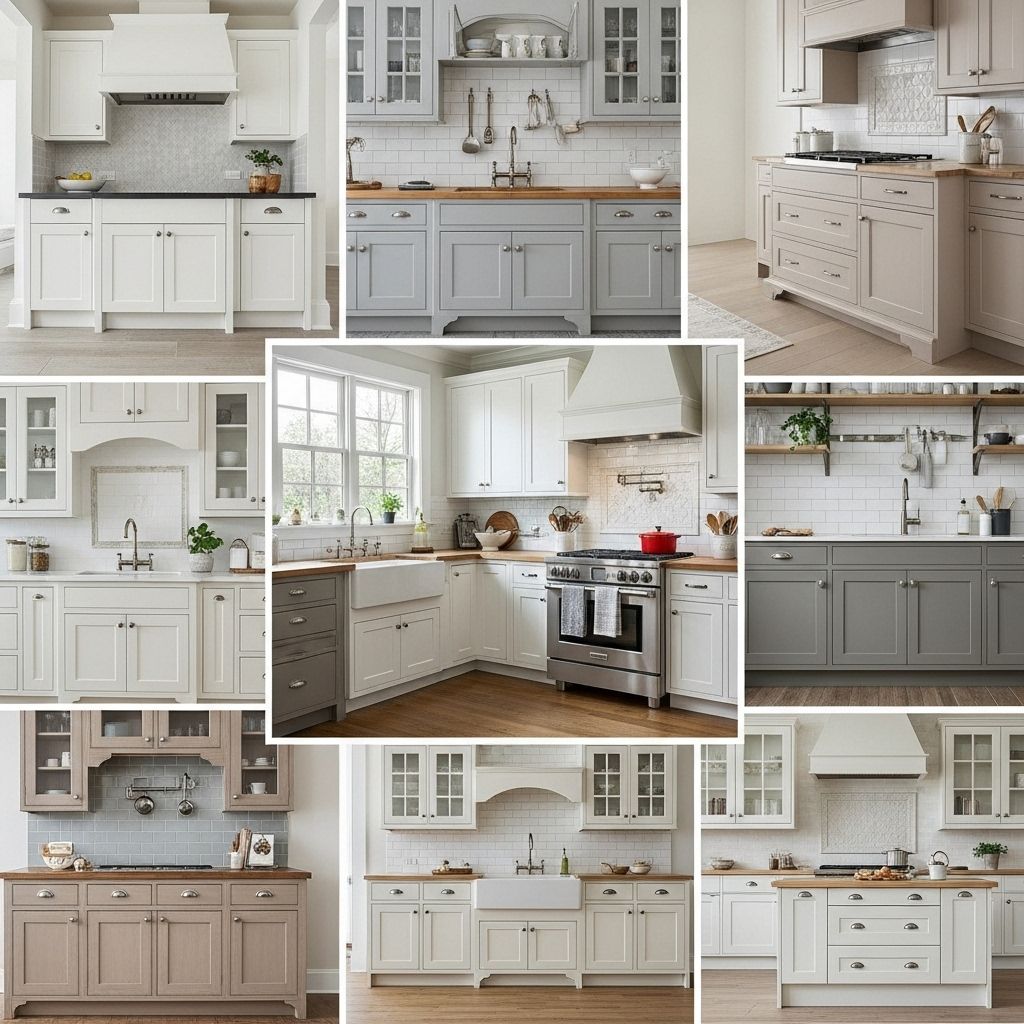
Image: HearthJunction Design Team
25 Inspiring Painted Kitchen Cabinet Ideas for Every Style
Painted kitchen cabinets are a versatile, budget-friendly way to refresh your kitchen and infuse it with personality. Whether you’re after a sleek modern look, charming farmhouse feel, or bold pop of color, a coat of paint can transform even the most outdated cabinets. This guide explores 25 creative painted cabinet ideas, practical painting tips, and answers to common questions, helping you confidently tackle your next kitchen makeover.
Painting Kitchen Cabinets: The Basics
Painting kitchen cabinets is an accessible DIY project that can deliver transformative results. Effective cabinet painting involves careful preparation, proper materials, and an eye for color selection. Many homeowners use cabinet painting kits, which streamline the process with essential supplies and step-by-step instructions.
- Cabinet painting kits typically include a deglosser, bond coat (primer and color base), decorative glaze, and protective topcoat.
- The process generally follows four steps: clean and degloss, apply bond coat, add glaze (optional), and seal with topcoat.
- Kits like Rustoleum’s Cabinet Transformations even work for wood, laminate, or melamine cabinetry.
Creative Painted Kitchen Cabinet Ideas
Get inspired by this curated list of painted cabinet ideas that range from bright and playful to subdued and elegant. Each suggestion offers unique ways to personalize your kitchen while keeping function and longevity in mind.
1. Neon Yellow Base Cabinets
Make a bold statement by painting only your lower cabinets a vibrant hue, such as neon yellow. This approach injects energy and fun without overwhelming the space—perfect for modern or minimalist kitchens. Pair with neutral upper cabinets and backsplash for balance.
2. Taupe Kitchen Cabinets
Taupe-painted cabinetry adds subtle depth, warmth, and sophistication. This versatile neutral complements white tiles, grayish countertops, and other light finishes, delivering a cozy yet contemporary feel.
3. Other Trending Cabinet Color Ideas
- Elegant Navy: Deep blue tones create drama and pair well with gold hardware.
- Forest Green: Earthy greens foster a connection with nature for an inviting, organic vibe.
- Classic White: Bright white cabinets never go out of style, enhancing light and making kitchens feel larger.
- Charcoal Gray: Dark grays add urban sophistication and contrast beautifully with light walls.
- Pale Blue or Mint: Soft pastels bring a sense of calm and freshness, ideal for cottage or coastal styles.
4. Two-Tone Cabinets
Combine two complementary cabinet colors—such as darker lowers with lighter uppers—for dynamic contrast and visual interest. Popular combinations include navy and white, charcoal and cream, or sage green and natural wood.
5. Bold and Bright Colors
Don’t shy away from vibrant choices like teal, coral, or even eggplant. These colors lend personality and flair, especially in eclectic or bohemian kitchens.
6. Matte vs. Glossy Finishes
- Matte finishes create a contemporary, understated look and conceal fingerprints well.
- Glossy finishes reflect light, making cabinets easier to clean and visually enlarging the space.
7. Distressed or Antiqued Cabinets
For a rustic or farmhouse style, try distressing or antiquing painted cabinets. Use sandpaper to lightly wear edges or apply a colored glaze for a timeworn effect.
8. Color Pop on an Island
Paint the kitchen island a standout color—such as navy, red, or emerald green—while keeping perimeter cabinets neutral. This creates a striking central feature and breaks up monotony.
9. Soft Pastels
Pale pink, mint, or powder blue cabinets bring cheerfulness and are particularly well-suited to small or vintage-inspired kitchens.
Practical Tips for Painting Kitchen Cabinets
- Preparation is key: Always clean, sand, and prime cabinets—whether wood or laminate—to ensure paint adhesion and longevity.
- Laminate cabinets require special priming: Sanding and priming are necessary to prevent peeling and chipping.
- Drying time is crucial: Allow each coat (primer, paint, topcoat) to dry fully, ideally 24 hours between coats.
- Rollers for flat surfaces, angled brushes for grooves and corners. This ensures an even finish.
- Have extra paint on hand for future touch-ups, especially for high-traffic areas.
- Wait 48 hours after painting before reinstalling hardware to ensure proper curing.
Pros and Cons of Painted Cabinets
| Pros | Cons |
|---|---|
| Cost-effective compared to full cabinet replacement | Requires significant prep and patience for best results |
| Endless color and finish options | Paint can chip or peel if surfaces aren’t properly prepped |
| Can dramatically update the kitchen’s aesthetic | Some DIY paint jobs may lack a professional finish |
| Allows you to customize based on style trends | Water-based paints may not be as durable as oil-based |
How to Paint Kitchen Cabinets: Step-by-Step
- Remove cabinet doors and hardware. Label everything for easy reinstallation.
- Clean and degrease surfaces using a degreasing cleaner or TSP substitute.
- Sand all surfaces with 220 grit sandpaper to roughen the gloss (especially for laminate). Wipe away dust with a tack cloth.
- Apply a quality primer—crucial for proper paint adhesion and longevity. Let dry fully (about 24 hours).
- Paint with your chosen color. Use a roller for large surfaces and an angled brush for corners. Apply 2-3 thin coats, letting each coat dry before the next.
- Apply a protective topcoat for durability.
- Let everything cure for 48 hours before reinstalling hardware and rehanging doors.
Expert Tips for a Professional-Looking Finish
- Test paint adhesion on an inconspicuous area first. If it bubbles, you may need a different primer or more sanding.
- Avoid drips, especially around corners and grooves.
- Document your paint choices and keep extra on hand for future repairs.
- Consider professional spraying for an ultra-smooth finish, though it’s not always feasible in small spaces.
Trend Watch: Popular Cabinet Colors for 2025
- Deep Green: A nod to nature, pairs beautifully with brass hardware.
- Muted Earth Tones: Taupe, clay, and mushroom shades add warmth and grounding energy.
- Crisp White: Clean, classic, and makes spaces feel airy.
- Bold Black: Sophisticated, modern, and high-contrast.
- Sunshine Yellow: Cheerful and invigorating, especially for lower cabinets.
Frequently Asked Questions (FAQs)
Can I paint over laminate cabinets?
Yes, but preparation is vital. Sand and prime the surface for optimal adhesion; otherwise, the paint may peel.
What kind of paint is best for kitchen cabinets?
Both oil- and latex-based paints work. Primer is more important than paint type, especially for laminate. For ease and durability, many homeowners prefer advanced latex paints designed for cabinets.
How long will painted cabinets last?
With proper prep and application, painted cabinets can last 5–10 years before needing touch-ups.
Do I need to remove cabinet doors before painting?
Yes, removing doors and hardware leads to a neater, more professional outcome.
What are the most common mistakes when painting cabinets?
- Skipping sanding or priming steps
- Not cleaning surfaces thoroughly
- Rushing drying times between coats
Conclusion: Elevate Your Kitchen With Painted Cabinets
Painting your kitchen cabinets is a powerful, cost-effective way to transform your space. Whether you prefer bold hues, subtle neutrals, or playful contrasts, the right paint can breathe new life into tired cabinetry. With careful preparation, quality materials, and inspiration from these 25 ideas, your dream kitchen is within reach—one brushstroke at a time.
References
- https://www.thespruce.com/painted-cabinet-ideas-for-your-kitchen-1822057
- https://www.thespruce.com/how-to-paint-laminate-cabinets-8347392
- https://www.spruceandfjell.com/bloghomeimprove/refinish-cabinets
- https://www.gardenweb.com/discussions/6406234/
- https://www.thisoldhouse.com/kitchens/21017763/10-ways-to-update-kitchen-cabinets
Read full bio of medha deb





